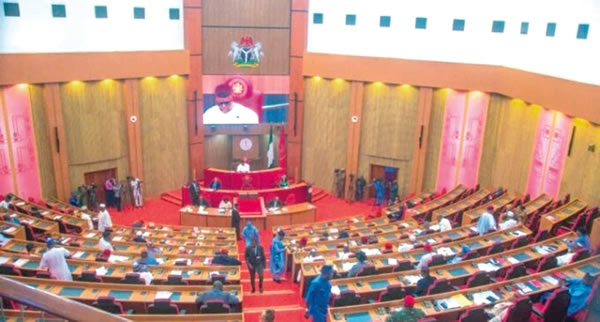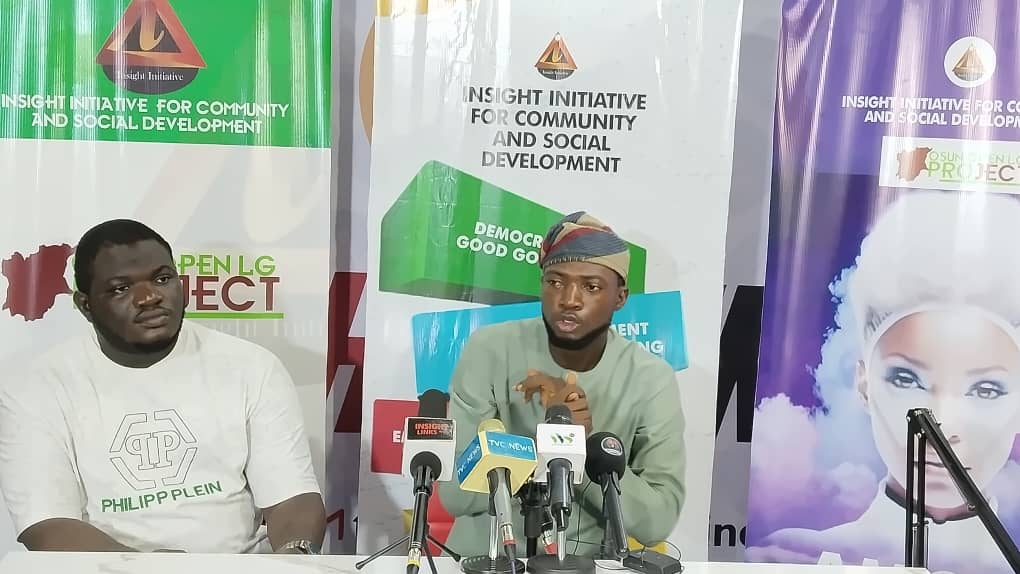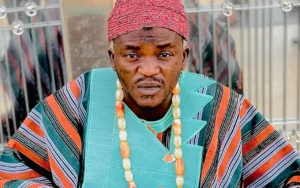Osun/Kwara: Monarchs, Stakeholders Advocate for Creation of Igbonamina State
Traditional rulers, district heads, scholars and other stakeholders in Osun and Kwara States on Friday advocated and defended need to create Igbomina State before the Senate Committee on the review of the 1999 constitution.
The advocacy which is championed by the Orangun of Ila, Oba Abdulwahab Oyedotun who united 18 local government areas and three senatorial districts from the states that sponsored the proposal of the creation of Igbomina state.
The Secretary of Igbomina Creation Committee, Dr Fatai Afolabi, in a statement after the defence before the Senate Committee in Lagos State chaired by Senator Bamidele Opeyemi, disclosed that Professor Adeola Faleye and Dr Oyedepo led the presentation for the Igbonimina state proposal.
According to him, “The agitation for an Igbomina State under one united administrative structure stands as one of the most enduring quests for self-determination in Nigeria’s post-colonial history, rooted in deep historical grievances and a profound desire to right colonial-era wrongs.”
He noted that the struggle has spanned more than a century because the Igbomina is a distinct Yoruba sub-group, once thrived in cultural and political unity alongside other northern Yoruba groups.
He noted that Igbomina people had united since 19 century during Fulani Jihad, the expansion of the Ilorin Emirate into Igbomina territories introduced an alien governance system that clashed fundamentally with the indigenous Yoruba political structure.
“By 1949, landmark agreement between Igbomina leaders from the North and South proposed the creation of the Igbomina Parapo Native Administration, with Ila-Orangun — the seat of Orangun Fagbamila Ajagunla, a direct descendant of Oduduwa — as its headquarters. In August 1956, the Ila-Igbomina Union submitted a petition to the Governor of the Western Region.
He said prominent Yoruba nationalists like R.A. Fani-Kayode, Chief O.N. Rewane, and A.O. Lawson, helped Igbomina’s advocacy which helped in 1960, 1967, 2000, 2002, 2005
“The document laid bare decades of marginalization and made a compelling case for an Igbomina State, arguing that like the Ekiti, the Igbomina deserved to be united to fast-track development and restore a sense of wholeness.
“They showcased the region’s economic viability: rich agricultural resources, mineral wealth, thriving human capital, and unique tourism treasures like the Esie Stone Images and Ayikunnugba Falls.”
















Post Comment